Work is more complicated — and moving at a faster pace — than ever. If you’re trying to improve productivity in your team or organization, a number of strategies can make life easier for you and your employees — and they’re incredibly easy to implement. But which one is right for your organization?
If you’ve done some research, you’ve probably come across methodologies like agile, scrum, kanban, and lean. Agile and kanban are two of the most popular productivity systems, helping software developers, manufacturers, marketers, sales teams, and others improve their workflows. But how do they compare?
Here’s everything you need to know about kanban vs agile.
What is agile?
Agile is a family of workflow methodologies that promotes iterative development, testing, and learning-based improvement of products and processes. It originated as a response to the limitations of waterfall and traditional sequential development systems. Like many popular workflow methodologies, agile was originally developed to overcome the challenges of software development.
Traditional workflow methodologies were designed for projects with preconceived production goals. However, software development requires experimentation and innovation, meaning that outcomes are never certain. Research and feedback can completely alter the nature of a product, so developers have to be incredibly open to change.
Until agile appeared on the scene, there was no way to structure this kind of work.
The principles of agile
Agile emphasizes communication, collaboration, and aligned effort toward goals through the following principles.
Focus on customer satisfaction: Teams should continuously improve products and services.
Deliver value often: Agile prioritizes product creation above all else. That’s why the workflow is structured for short production cycles that focus all team members on reaching the next stage.
Embrace change: Since the primary goal is to provide value, teams should be prepared to change course at any point during a project to capitalize on the latest insight from research and customer feedback.
Develop sustainably: Agile workflows are meant to help develop a healthy pace of work so employees can work steadily at a particular rate, maximizing productivity.
What is kanban?
The debate over kanban vs agile is deceptive because kanban is actually one example of an agile method. Kanban is a Japanese word that translates to “sign board,” (“kan” means “sign,” and “ban” means “board”). Engineers at Toyota created the workflow methodology in the 1950s to streamline processes and minimize waste.
Toyota management promoted an ideology of only manufacturing what the company needed, when they needed it. A kanban board allowed them to make products faster while avoiding the issues of excess production that defined models created by U.S. automakers.
Kanban transformed production from a race to produce as many parts as possible to a steady stream of manufacturing dictated by market demand — without slowing down to accommodate changes in direction.
Eventually, software developers adopted kanban and further refined it. The method works by breaking projects down into individual tasks on a board with multiple columns representing stages of production (usually “to do,” “in progress,” and “done”). A card represents each work item and moves through each stage of development on the board.
Development stages have work in progress (WIP) limits that signal when to shift attention to different work items. For example, in a workflow for software improvement, a work in progress limit might dictate that a team can’t work on more than five projects at one time.
The need to address bugs in software and constantly update and improve customer experience ensures an unlimited backlog of projects to work on. Each time the team completes one item, a WIP limit signals them to begin work on another one, so there are always a set number of projects in process at once.
Kanban vs agile: The benefits of kanban
Kanban is tailor-made for repetitive processes. These are some of the best aspects of the methodology.
Task visualization: Dividing projects into stages helps teams understand the overall project and where they should apply their energy. Placing cards in each stage also communicates the project status to other stakeholders.
Improved efficiency: Kanban values quality over quantity. Since workers concentrate on completing a few products at a time, rather than trying to produce as much as possible, they actually complete individual products or tasks faster.
Process refinement over time: Making the workflow transparent and fully engaging all employees makes it easy to identify bottlenecks and parts of a project where work is disrupted or disorganized. All team members stay on the same page about where a process can improve and then work together to implement change — without any disruption.
Which one to choose?
Because they’re in the same family, it’s not productive to think in terms of kanban vs agile. Really, it’s better to understand kanban’s role in the agile framework to determine which would be most useful to your organization.
The agile framework is great for projects where the final goal is not clear or predetermined. Kanban is the best method in the agile framework for reducing waste and eliminating processes that don’t add value.
Agile processes prioritize constant communication between team members, whereas kanban conveys status through a visual board. Because of this, kanban also provides the best visual representation of work and progress. Overall, agile workflows streamline continuous development, but kanban specifically refines processes.
Using Jotform in your workflow
Whichever you implement, Jotform can help you create complex workflows. You can automate processes for all kinds of projects, from tracking bugs to gathering feedback, with thousands of form templates. Through Jotform Approvals, you can implement workflow conditions that automatically send tasks down the correct path.
Best of all, Jotform’s customizable forms integrate seamlessly with dozens of workflow management apps and tools that use kanban principles, such as Trello and Jira. When it comes to kanban vs agile, Jotform lets you have the best of both worlds.



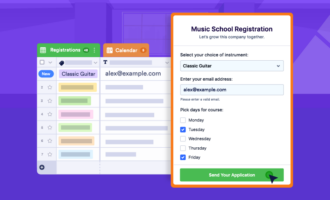


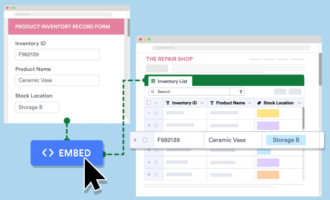










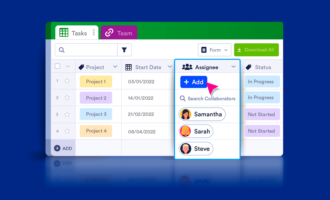

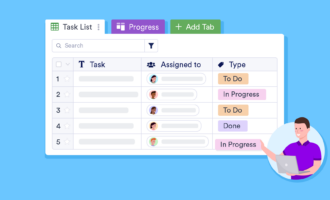




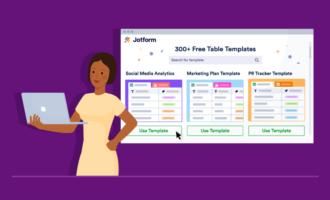
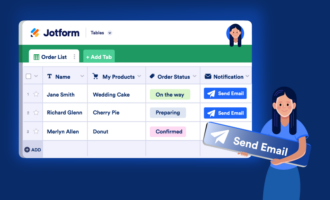
















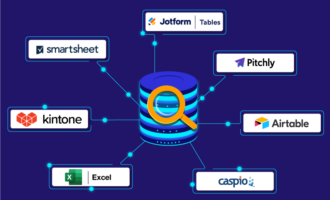











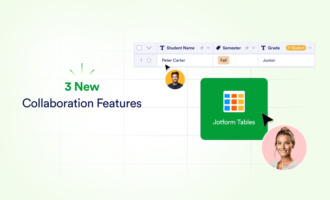














Send Comment: